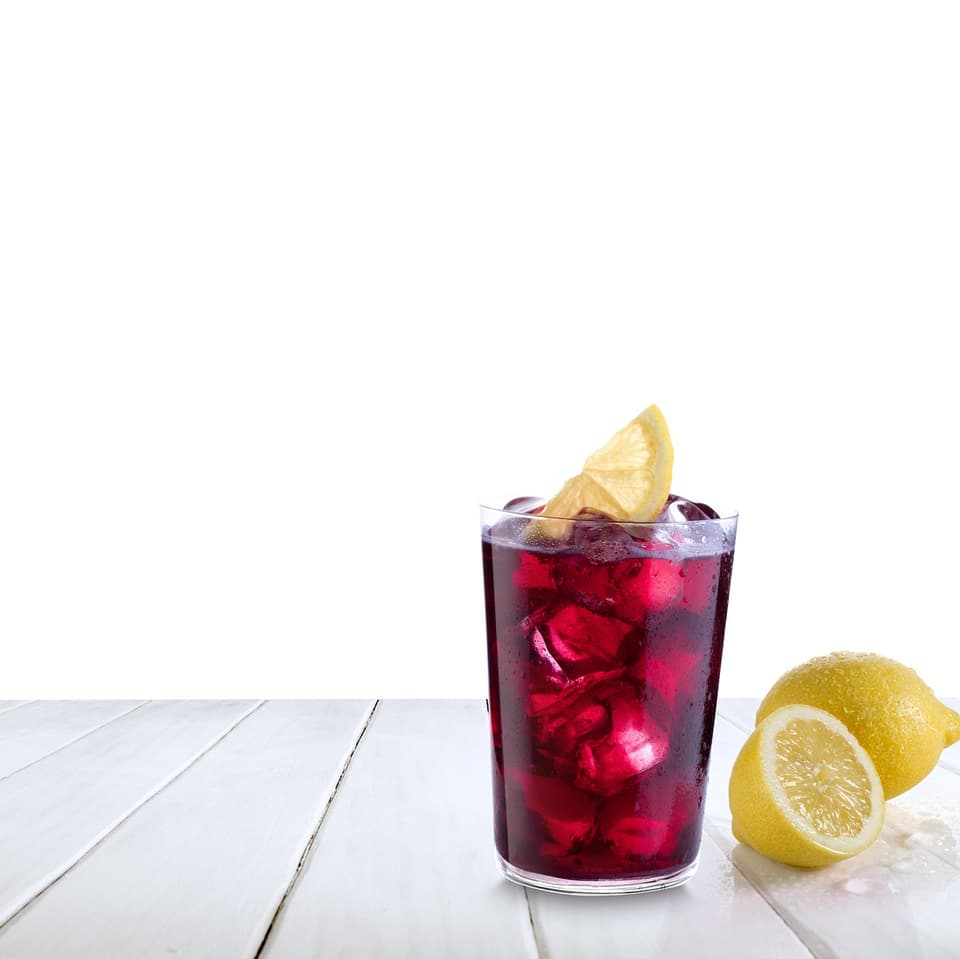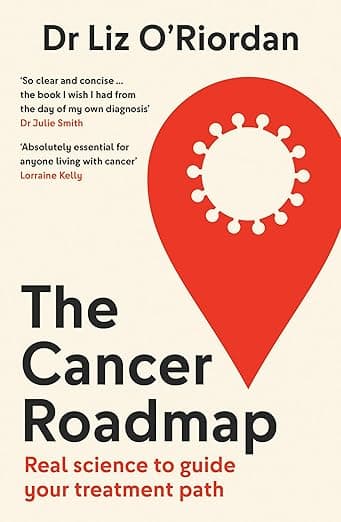Studies have shown that many of us are scared of things that are unlikely to kill us, whilst we happily engage in behaviours that might. Some people won’t swim in the sea in case they’re attacked by a shark, whereas others will text whilst they’re driving without a second thought. And yet the lifetime risk of dying from a shark attack is over one in three million, while every 17 minutes someone is killed or seriously injured on UK roads. Why do we feel safer in a car?
It’s the same when it comes to our health. A study done by the American Heart Assocation asked North American women ‘What is the disease you fear the most’? 61% of women said cancer, 9% of women said heart disease. And yet the leading cause of death for these women is heart disease. It explains how the things we see and hear can have a massive influence on our perception of risk and our health behaviours. But what is risky behaviour, and what isn’t? We are seeing a dramatic increase in the number of cancers diagnosed in people in their twenties, thirties and forties. Scientists don’t know exactly why this is happening, but many think it’s to do with our modern lifestyle. A combination of poor diets full of fast food, lack of regular exercise, increasing body weight, alcohol and smoking has had an impact on the global increase in cancers in the young. More research is being done to investigate the role of the gut microbiome in cancer development. Nearly four in every 10 cancer cases in 2015 in the UK are due to these lifestyle factors. The British charity CRUK estimates that all of these cancers could be avoided if we made changes to our lifestyle. Here are the changes that make the biggest difference.
A ‘group 1’ carcinogen is something that can create cancer-forming mutations in our DNA. Some occur naturally in our environment (viruses, ultraviolet light from the sun). Others are chemicals like alcohol, processed meat, nicotine and asbestos. If you are exposed to a carcinogen, that doesn’t automatically mean you will get cancer. A lot depends on the dose and how long you’re exposed to it. It can also take up to 40 years for a cancer to form after exposure. That’s why it’s so important that children, teenagers and young adults understand the risks involved in getting sunburnt, and from smoking and drinking heavily.
A combination of poor diets full of fast food, lack of regular exercise, increasing body weight, alcohol and smoking has had an impact on the global increase in cancers in the young
Tobacco is the best-known carcinogen and the biggest global cause of cancer. Six out of every 10 cancers in the UK are due to smoking, both active and passive (where a non-smoked inhales smoke from someone smoking in the same room). Smoking is also directly linked to at least 16 other cancers, including bowel, bladder, liver, pancreas and larynx. It has a role to play in one out of very five cancer deaths.
We know that drinking alcohol regularly will increase your risk of getting seven different cancers: breast, liver, mouth, larynx, pharynx, oesophagus and bowel cancer. It doesn’t matter what you drink, whether that’s wine, spirits or beer. It doesn’t matter how often you drink. Simply, the more you drink overall, the greater your risk. Alcohol also alters how tobacco smoke is metabolised, making it even more toxic. So, if you smoke and drink, your risk of getting mouth and throat cancer is much higher than someone who only drinks or only smokes.
This may surprise you, but there is strong global evidence to show that tall adults are more likely to develop ovarian, prostate bowel, kidney and breast cancer. So how tall is tall, and how does it increase your risk? Scientists think that it’s not your height itself, but the things that happened to make you tall: a combination of factors, like your childhood diet, how early you went through puberty, and the genes you inherited. They all work together to increase your risk of getting cancer. The average height for a man is 5 feet 9 inches, and for a woman it’s 5 feet 4 inches. For every extra 5cm in height, your cancer risk goes up by 5-10%.
There is strong global evidence to show that tall adults are more likely to develop ovarian, prostate bowel, kidney and breast cancer
Sunburns, sunbeds and ultraviolet radiation
There are three different types or wavelengths of UV light: A, B and C. It’s the UVB radiation in sunshine and sunbeds that does the damage by causing mutations in your skin cells, particularly if you get sunburn. The more UV radiation you’re exposed to, the greater the damage. It is however, also true that sunshine is really important. We need it to produce vitamin D and keep our bones strong. But skin damage doesn’t just happen on glorious hot sunny days. It’s the infra-red light which causes damage, so nobody should spend long periods of time outside without sunscreen. It does not stop you absorbing vitamin D, and it doesn’t block your skin’s natural defences from the sun.
This is a tricky one, because it doesn’t happen by itself. It’s a reaction to something. Some causes are due to illnesses like ulcerative colitis and Crohn’s disease. It can also be caused by carcinogens like alcohol and nicotine, and some bacteria and viruses. The way we live our lives can also trigger inflammation. As one in every five cancer deaths are said to be linked to chronic inflammation. So, if you want to reduce your chance of having chronic inflammation, you can think about eating a healthy diet, drinking less and moving more.
There is consistent evidence that higher amounts of body fat are associated with an increased risk of a number of cancers. In a nutshell, the more you weigh, the greater your risk of getting cancer. We also know that people who are obese when they are diagnosed with cancer also have a higher risk of developing a second, unrelated cancer.
There are several theories as to why, but the exact mechanism hasn’t been fully worked out yet. We know that obesity is a chronic inflammatory condition which causes oxidative stress. This increases the chance of a DNA mutation happening, and encourages cells to keep dividing when they have faulty DNA. Obesity can also raise the levels of insulin and insulin-like growth factors in your blood. This is due to insulin resistance and it can speed up the development of bowel, kidney, prostate and endometrial cancers.
There is strong evidence to prove that people who don’t exercise regularly have a higher risk of getting 13 different types of cancer. In fact, we estimate that 5% of all cancers are due to a lack of regular exercise. The cancers with the strongest links to inactivity are breast, bowel and endometrial cancer, where exercise can decrease the risk of developing them by up to 30%. Any exercise counts, so find the right one for you and it will become enjoyable.

There is strong evidence that inactivity can increase the risk of getting certain cancers
Pixabay
In order for your body to repair DNA damage in your cells, it needs an essential supply of nutrients, minerals and vitamins. Good nutrition is vital to keep your cells healthy and help them function properly. People who eat a healthy diet are more likely to maintain a healthy weight too, and less likely to have chronic inflammation, which decreases your cancer risk.
Red meat, like beer, lamb, pork and venison, has been classified as a Group 2A carcinogen. This means there is convincing evidence to show that it probably causes bowel cancer. The risk increases when you eat more than 500g of cooked red meat a week. If you do like meat, you don’t need to remove it from your diet altogether. It’s a good source of protein, iron, zinc and vitamin B12. Instead, limit yourself to three portions a week, and no more than 500g in total. An average sirloin steak is 200-250g.

Processed meat such as chorizo can raise the risk of getting cancers
Pixabay
Ham, bacon, chorizo and salami
Processed meat has been classified as a Group 1 carcinogen, which means that it definitely causes cancer, particularly bowel cancer. Processed meat is anything that has been salted, fermented, cured or had things added to it: ham, bacon, salami, chorizo and frankfurters, for example. It’s in the same group of carcinogens as tobacco and alcohol, but that doesn’t mean it’s as dangerous. The classification tells us how strong the evidence is that it causes cancer, not how big the risk is. You don’t need to avoid it altogether, but try to eat as little as possible.

Dr Liz O’Riordan, the author of The Cancer Roadmap
Harper Collins
Ultra-processed food: fizzy drinks, processed meat

Artificially sweetened drinks and fizzy drinks are ultra-processed foods
Pixabay
Bacteria, viruses and parasites
I was amazed when I discovered that 20% of all cancers worldwide are due to bacterial, viral and parasitic infections. That’s almost two million cancers. You can’t ‘catch’ cancer from someone with an infection, but some of these cancers could be prevented with vaccines. This is true for cervical cancer. These are the most common cancer-causing infectious agents: helicobacter pylori (a bacterium which infects the lining of your stomach causing symptoms of indigestion and heartburn, which can be easily treated with antibiotics. Without them, it could cause chronic inflammation, which in time can turn into stomach cancer); Human papillomavirus or HPV (almost 100% cervical cancers are cause by HPV; the vaccine is now offered to all children aged 11-13); Hepatitis B and C; Epstein-Barr virus or EBV, and Human Immunodeficiency virus or HIV (which gives a higher chance of developing lymphoma, cervical cancer, eye cancer, anal cancer and Kaposi’s sarcoma.
Extracted from The Cancer Roadmap: Real science to guide your treatment path by Dr Liz O’Riordan is available now (£16.99, HarperCollins).

The cancer roadmap by Dr Liz O’Riordan
Supplied
